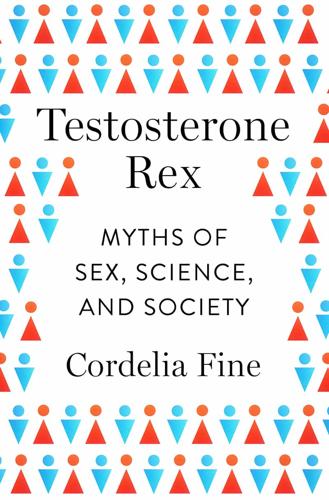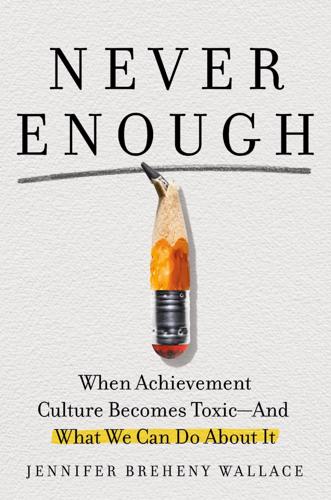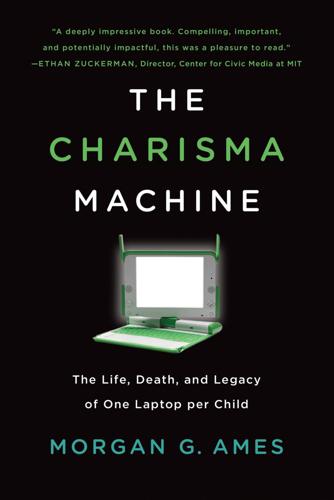
Testosterone Rex: Myths of Sex, Science, and Society
by
Cordelia Fine
Published 13 Jan 2017
6 Likewise, in his book The Evolutionary Bases of Consumption, Concordia University Evolutionary Psychologist Gad Saad argues that “given their desire to maximize profits, [toy companies] develop products that are successful in exactly the same sex-specific manner across innumerable cultures.”7 This sentiment is echoed in the Sunday Express by journalist James Delingpole, who writes that “a toy business’s job is to make profit not engage in social engineering.” Some thoughtful readers might wonder why the laissez-faire philosophy of gender-neutral marketing is “social engineering,” while toy aisles that dictate which toys are for whom are considered to be leaving things to take their natural course. But Delingpole has a further complaint. Gender-neutral marketing is futile, he says, because “those XX and XY chromosomes will out in the end.”8 In short, calls for gender-neutral toy marketing are seen by some as tantamount to demands that toy companies put themselves out of business by disrespecting boys’ and girls’ true natures.
…
Presumably not coincidentally, this is the time period during which many boys start to shun pink, and many girls become especially drawn to it.30 By just three years of age, when children are presented with other kids endorsing novel, gender-neutral objects and activities, they show “robust preferences” for those promoted by kids of the same sex.31 In fact, a recent study led by Cambridge University psychologist Melissa Hines suggests that at least part of the reason that girls with CAH have more boyish play interests is because they’re less influenced by gender labels and gender modeling than are other children.32 Four- to eleven-year-old matched control girls (and boys with and without CAH) preferred a gender-neutral toy that was presented either explicitly or implicitly as being “for them” (echoing findings from the 1970s and 1980s).33 By contrast, girls with CAH were impervious to information that particular toys (like a xylophone or balloon) were “for girls,” despite remembering that information just as well.
…
This makes sense, given the somewhat weaker female gender identity of this population.34 In my previous book, Delusions of Gender, I pointed out that studies of girls with CAH are done in ways that leave open the possibility that these girls aren’t, in fact, drawn to some unidentified quality intrinsic to “boy toys” that appeals to their “masculinized” brains, but simply identify more than do girls without the condition to masculine activities, whatever those might be in a particular time, place, and culture.35 Along similar lines, Barnard College sociomedical scientist Rebecca Jordan-Young points out that to understand these girls’ more masculine preferences, we have to consider the psychosexual effects of the condition: girls are born with atypical or masculinized genitalia, they often undergo intensive medical and psychiatric observation or intervention, and have physical characteristics out of keeping with cultural ideals of feminine attractiveness.36 Certainly, as with novel and gender-neutral objects, children’s interest in even counterstereotypical toys can be piqued by seeing a child of the same sex play with it.37 And more recent evidence points to the influence of the now-ubiquitous color coding of gender. Psychologist Wang Wong, together with Melissa Hines, compared how long boys and girls played with a train and a doll, first when they were twenty to forty months old, and then again about half a year later.38 At both ages, it’s worth pointing out, girls played longer with the train than with the doll.

Kill All Normies: Online Culture Wars From 4Chan and Tumblr to Trump and the Alt-Right
by
Angela Nagle
Published 6 Jun 2017
Other liberal sites like Everyday Feminism, Jezebel and Salon delivered a strange mixture of ultra-sensitivity, sentimentality and what was once considered radical social constructionist identity politics. These sites ran headlines that became almost self-satirizing like ‘8 Signs Your Yoga Practice Is Culturally Appropriated’, ‘Men can be feminists but it’s really hard work’, ‘19 Of The Most Totally Amazing Body-Shaming Clap Backs’ and many others on toxic masculinity, fat pride, gender-neutral toys and quandaries about moral and culturally sensitive consumerism. Clickhole, a project of The Onion, emerged as a timely satirical site that brilliantly mocked the liberal clickbait style with inane titles like: ‘10 Things People With a Spider On Their Face Are Tired of Hearing’ and ‘Our Country Has Become Worryingly Desensitized To Violence In Hot-Sauce Names’.

Never Enough: When Achievement Culture Becomes Toxic-And What We Can Do About It
by
Jennifer Breheny Wallace
Published 21 Aug 2023
I read every parenting book I could get my hands on and considered going back to school to become a child therapist—not to practice, just to feel “certified” that I could mother right, relying on the latest research and theories. As William grew, I offered him endless energy, eye contact, playground visits, and reliable routines. I bought him gender-neutral toys. Knowing that his vocabulary was directly affected by how much I spoke to him, I talked all day long, narrating our lives: “Now Mom is cooking William hamburgers.” Other mothers I’d gotten to know in London and New York acted out their perfectionistic tendencies in their own idiosyncratic ways.

T: The Story of Testosterone, the Hormone That Dominates and Divides Us
by
Carole Hooven
Published 12 Jul 2021
(To be clear, these toys were not selected because they were thought to be appropriate for, or naturally appealing to, one sex or the other; they were selected because they were consistently preferred by either boys or girls in previous studies.) The boys and girls who did not have CAH—the “unaffected” children—made unsurprising toy choices. Boys spent most of their time playing with the boys’ toys, and girls spent most of their time playing with the girls’ toys (remaining toy-time was with “gender neutral” toys). The more interesting results were the comparisons between the toy choices made by unaffected girls and those with CAH. The CAH girls played mostly with boys’ toys. They spent only 21 percent of their time with girls’ toys but 44 percent with the boys’ toys. In contrast, the unaffected girls showed the reverse pattern: they spent 60 percent of their time with girls’ toys and only 13 percent with the boys’ toys (unaffected boys spent 70 percent of their time with boys’ toys and only 6 percent with girls’ toys).

Overwhelmed: Work, Love, and Play When No One Has the Time
by
Brigid Schulte
Published 11 Mar 2014
But the question today is, can she have a career?” Elisabeth Møller Jensen, director of KVINFO, the government-funded Danish Centre for Information on Gender, Equality and Diversity, told me. And some complain that Nordic countries can take gender equity too far, as when Swedes insisted on having only gender-neutral toys in preschools and created a new gender-neutral pronoun hen (it), to use instead of han (him) and hon (her).54 The point here is, the United States is not Denmark. Nor should it be. Far more useful, then, in this journey to understand leisure time and happiness, is to acknowledge the differences and look for the broader and more universal themes that could apply: • Money really can’t buy happiness.

Human Diversity: The Biology of Gender, Race, and Class
by
Charles Murray
Published 28 Jan 2020
But socialization to avoid STEM fields is not something in the water that all little girls drink in similar quantities. It is fostered by specific inputs from parents, teachers, peers, and the media, among other agents. Different little girls get different amounts. As noted earlier, we have good reason to think that the SMPY women disproportionately grew up with gender-neutral toys, had mothers who were in professional careers, had parents both of whom proactively told their daughters to transcend gender stereotypes, were educated in progressive upper-middle-class schools, and had peer groups consisting of other girls raised in similar circumstances. Vulnerability to socialization into traditional female roles also varies by a girl’s personal characteristics.

Wordslut: A Feminist Guide to Taking Back the English Language
by
Amanda Montell
Published 27 May 2019
In 2017 Vice documented two kindergarteners in Sweden who were AMAB but have gender-neutral names, long hair, and are allowed to play with whatever toys they like, from dinosaurs to nail polish, without gender associations. In Sweden, enforcing gender stereotypes in schools has actually been illegal since 1998. Instead, the government funds gender-neutral kindergartens, where you’ll find teachers saying “friends” instead of “boys” and “girls”; lessons are taught using gender-neutral mediums, like nature and modeling clay; toy animals replace baby dolls; and characters in books are pictured defying traditional gender roles (female pirates; lesbian queens ruling a kingdom; Batman wearing a baby in a sling around his torso).

The Charisma Machine: The Life, Death, and Legacy of One Laptop Per Child
by
Morgan G. Ames
Published 19 Nov 2019